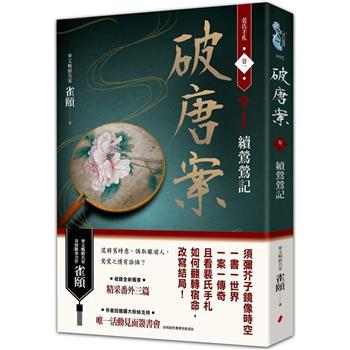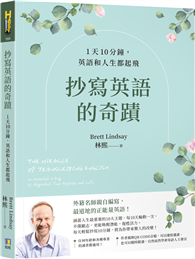The New World Border is a carnivalesque inversion of ethnic and geo-political ideology, a disorienting free-fall into the space between cultures and a head-on collision with the real and imagined borders that separate North and South.
Hero of a thousand syncretic faces--intercultural interpreter, reverse anthropologist, experimental linguist and political artist of the first order--Guillermo Gómez-Peña has won international acclaim for his efforts to create a hybrid culture and to articulate a borderless ethos.
In this new collection of essays, poems and performance texts, Gómez-Peña muses, often tongue-in-cheek, on matters of race, nationality, language and identity. With a heady mix of pop culture, provocative iconography, political satire, ethnic stereotypes and guerrilla theory, he explores "the territory of cultural misunderstanding."
"In everything he does, he remains an indomitably playful phrasemaker; a fertile rethinker of cultural contradictions, clichés, and conundrums; and an inspiring recruiter for a playground army of cultural pluralists."--The Village Voice
"Gómez-Peña invites the reader into uncharted territory: the vast, intercontinental border zone where people live between and across cultures and countries, creating a thoroughly hybrid society where the only cultural "others" are those who stubbornly resist "mestizaje". The New World Border is both wildly entertaining and thoughtfully incisive, inducing a kind of cultural vertigo that erases the borders between ’us’ and ’them’. The New World Border is a required addition to all literary and multicultural studies collections!"--Midwest Book Review
"Guillermo Gómez Peña is a clear example of the work that originates from and about the border. His work deals with borders, with their existence, construction, reconstruction, definition, and eventual questioning. In this context, the aim of this essay is to explore the way the artist puts into practice his conceptualization of the border reality in The New World Border: Prophecies for the End of the Century, which toured worldwide and in front of very diverse, international audiences."--Amaia Ibarraran Bigalondo, Journal of Contemporary Drama in English

 看圖書介紹
看圖書介紹







![114年超好用大法官釋字+憲法訴訟裁判(含精選題庫)[高普考] 114年超好用大法官釋字+憲法訴訟裁判(含精選題庫)[高普考]](https://media.taaze.tw/showLargeImage.html?sc=14100118469)


